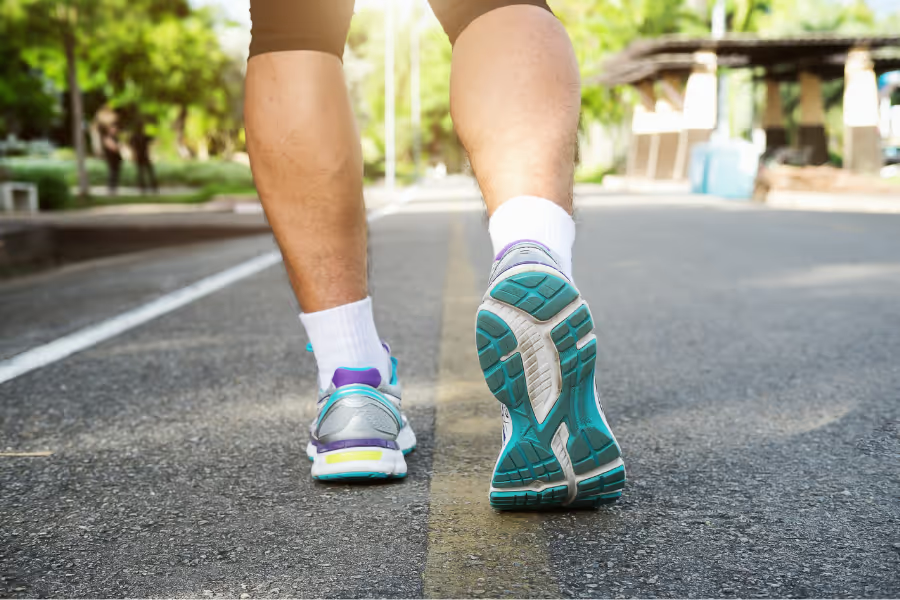If your toe has become so rigid and bent that it's painful and/or interferes with daily life, then surgery may make sense for you.
Find the right surgeon that fits your needs below, serving Canadians in major cities like Vancouver, British Columbia; Edmonton, Alberta; Toronto, Ontario; and Montréal, Québec.
Informational purposes only, not medical or legal advice. Please consult your doctor or surgeon.

Hammertoe surgery fixes a toe that’s bent at the middle joint (usually the second toe) because the tendons/ligaments are too tight or the joint has become rigid. The goal is to straighten the toe, relieve pain from shoe pressure/corns, and restore function.
How it works (depends on whether the toe is flexible or rigid):
Consults and surgery dates are typically scheduled in weeks—not months—which means faster return to work, sport, and caregiving duties.
Ability to choose a surgeon based on what's important to you (i.e. specific expertise, experience, qualifications, personal connection).
Private pathways typically provide a clear quote and surgery date/timeline, so you can arrange time off, caregiver help, and rehab. This certainty can ease anxiety and help families plan for recovery.

Hammertoe surgery usually takes 30-60 minutes.

The recovery process varies patient to patient. Your recovery might look quite different, so please seek further guidance from your surgeon. In general here is what you can expect:
Week 1:
Weeks 2-4:
Weeks 5-12:
Weeks 13-52:
Private clinics in Canada charge between $4,000 - $8,000 per foot.
In the United States, the average cost is CA$9,600 per foot.
Costs vary so much because of location, surgeon experience, facility type, complexity, and included services (some clinics offer all-inclusive, while others charge separately for anesthesia, followup care, etc.).
Most quotes for private hammertoe surgery cover:
What’s usually not included:
Choosing your surgeon is one of the benefits of going the private route. Here’s what to consider and the key questions to bring to your hammertoe consultation.
Hammertoe surgery makes sense for people whose toe deformity causes ongoing pain or problems despite non-surgical care.
You may be a good candidate if you're experiencing:
Who might try more nonoperative treatment first:
Ultimately, your surgeon will advise you whether surgery makes sense, given your unique circumstances.
No, you do not need a referral for private hammertoe surgery in Canada. You can book a consultation directly with a surgeon, and they will review your condition, symptoms, and any previous treatments or diagnostics.
Your surgeon will provide you with guidance on how to prepare.
If you smoke, you will be advised to stop to improve healing outcomes. Depending on your weight, you may be advised to diet and exercise to reduce surgical risks and improve healing outcomes.
Plan help: a ride home; someone to assist first 24 hours; plan time off work (desk: ~1–2 weeks; manual: 4–8+ weeks).
Home setup: elevate station (pillows/recliner), ice packs, clear paths, shower chair if useful, loose clothing and wide toe-box post-op shoe/sandal.
Footwear: arrange roomy shoes for the recovery phase; if a pin will protrude, confirm protection plan.
Risks of hammertoe surgery
Risks of delaying hammertoe surgery
When waiting is reasonable: mild, flexible deformity controlled by wider shoes, pads, spacers, and orthotics; when optimizing health first (stop smoking, diabetes control). Seek earlier surgery for rigid/worsening deformity, recurrent wounds, or persistent pain despite proper footwear and padding.
If you still have questions, then feel free to contact us directly.

Browse vetted orthopedic surgeons across Canada. Compare prices, qualifications, locations.
BROWSE SURGEONS